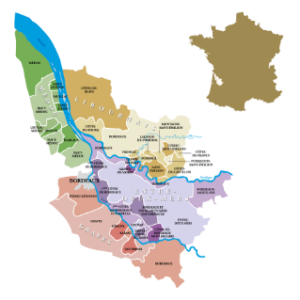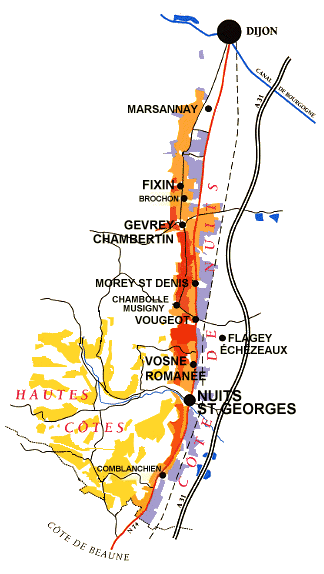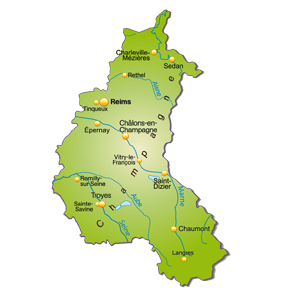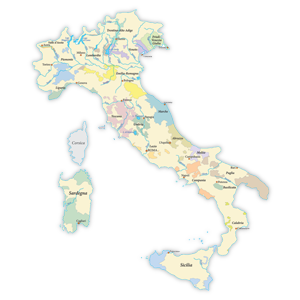Labels
Bottles Bourgogne Size
For Burgundies and wines in comparable bottles, such as wines from Germany and Alsace, the filling level is indicated in centimeters. Measured from the bottom of the cork to the level of the wine. Levels less than 2 centimeters are not described.
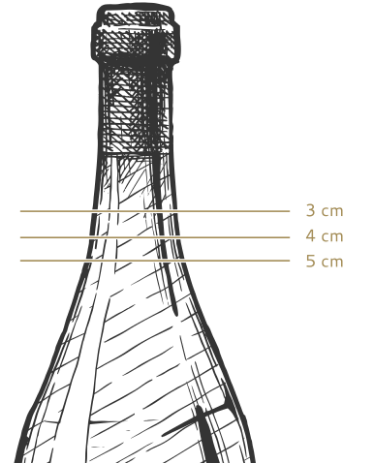
Jean Gros Richebourg 1973
€895,00 incl BTW: €1.082,95
Uitverkocht
Specificaties
| Country | |
|---|---|
| Region | |
| Sub Region | |
| Bottling | Estate Bottled |
| Type of Wine | Red wine |
| Jaar | |
| Bottle size | 0.75 L |
| Packaging | Loose |
| Reviewer | – |
| Label |
gl |
| Capsule | good condition |
| Level |
-3 cm |
Richebourg is one of the six grand cru single vineyard appellations in the hallowed village of Vosne-Romanée, in Burgundy’s Côte de Nuits. It is one of the larger sites in the village, and is famous for its full-bodied, muscular style of Pinot Noir. Richebourg wines are in fact some of the most opulent from Vosne-Romanée, exhibiting earthy characters along with dense fruit, and they are capable of being cellared for many years.
The climat is Vosne-Romanée’s northernmost grand cru, situated on the midslope of the Côte d’Or. It sits immediately adjacent to the La Romanée and Romanée-Conti sites, and the Romanée-Saint-Vivant climat is on the slopes below. The famous Cros Parantoux Premier Cru vineyard, often considered to be worthy of grand cru status, is on the slopes above Richebourg.
The name Richebourg literally means “rich town”, but how the vineyard acquired the name is not clear. The 8-hectare (20-acre) site is the second-largest grand cru in Vosne-Romanée, just slightly smaller than Romanée-Saint-Vivant.
It is of average size when compared with all Burgundy Grand Crus, but those in Vosne-Romanée are known for the fine-grained definition of their boundaries and terroir. Richebourg lies on the same part of the slope as Romanée-Conti, and the two share a similar terroir.
That said, there are two separate lieux-dits within the grand cru. Les Richebourgs is the original 5-hectare parcel, while Les Véroilles was added in 1924, with the combination gaining AOC Grand Cru status in 1936.
The soils here are made up of pebbly clay and sand overlying a hard limestone base. The friable soil, along with the gradient, means that the vineyard is well-drained, limiting the threat of disease and of leafy vigor. Soils are slightly deeper in the Les Richebourgs section.
Les Richebourgs has an easterly aspect gives the vines access to the morning sun while protecting them from cold westerly winds. Les Véroilles lies slightly further to the north with a more northeasterly aspect, with rows running north-south, and so is slightly cooler. Harvests in the latter tend to take place two to three days after the former.
Today the two sections are generally regarded as equals in terms of quality. Les Véroilles wines are sometimes described as having more pronounced acidity and more minerality, with Les Richebourgs denser and more powerful.
In terms of ownership, Richebourg is a kind of halfway house between the fragmented plots of Clos de Vougeot and Echezeaux to the north and Vosne-Romanée’s other monopole grand crus. Domaine de la Romanée-Conti owns just less than half of Richebourg’s land (3.5ha), and is the main owner in both sections.
Domaine Leroy (in both sections), Anne Gros and Gros Frère et Soeur (both in Les Véroilles) are among the other domaines with plots. The legendary Henri Jayer made a Richebourg wine until his retirement in 2001 – the remaining bottles are some of the most expensive and sought-after wines in the world. No other domaine has more than 0.8ha (2 acres).


